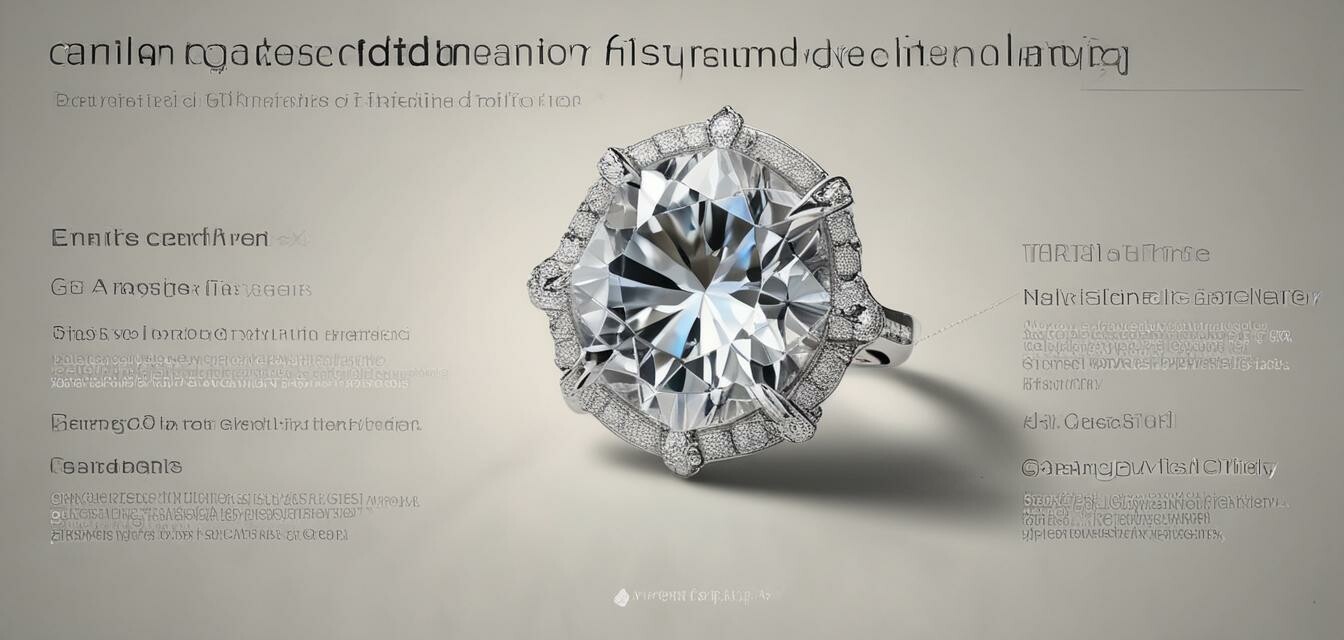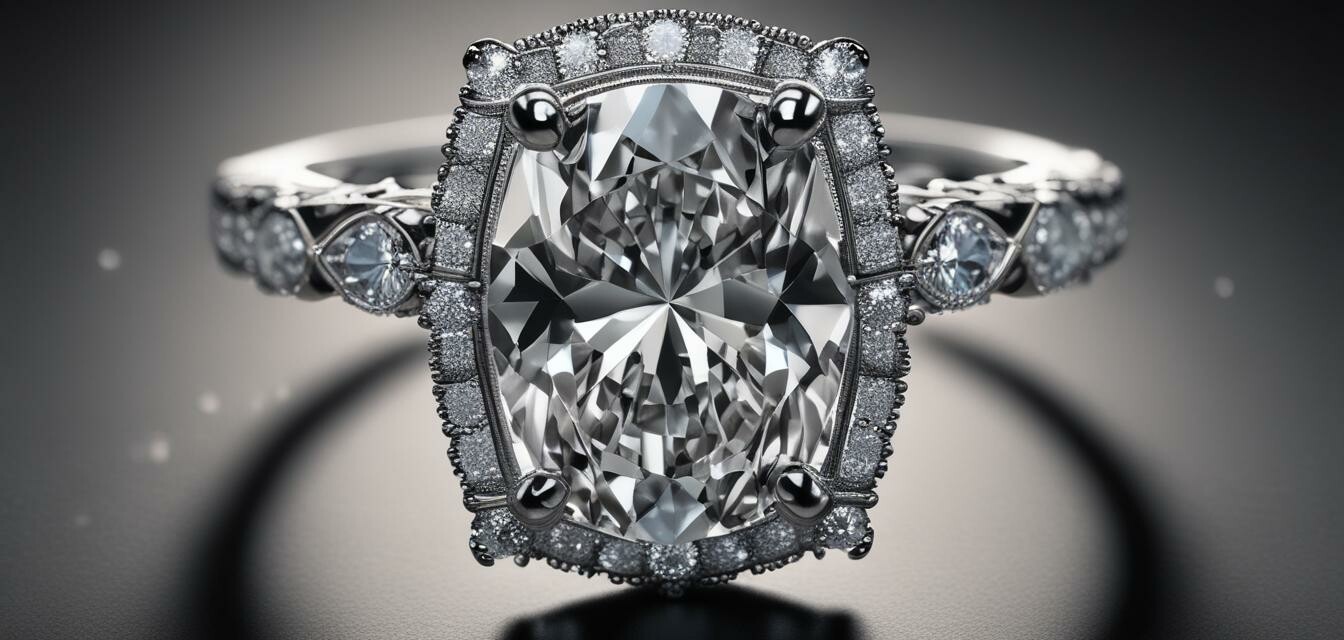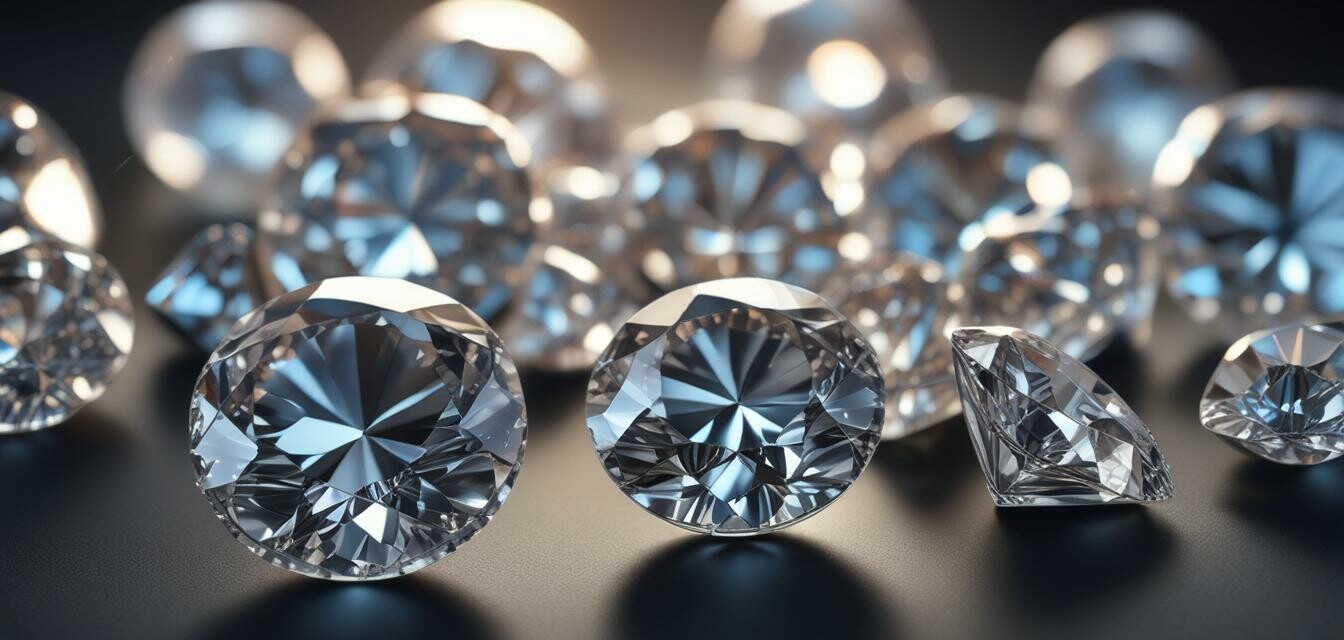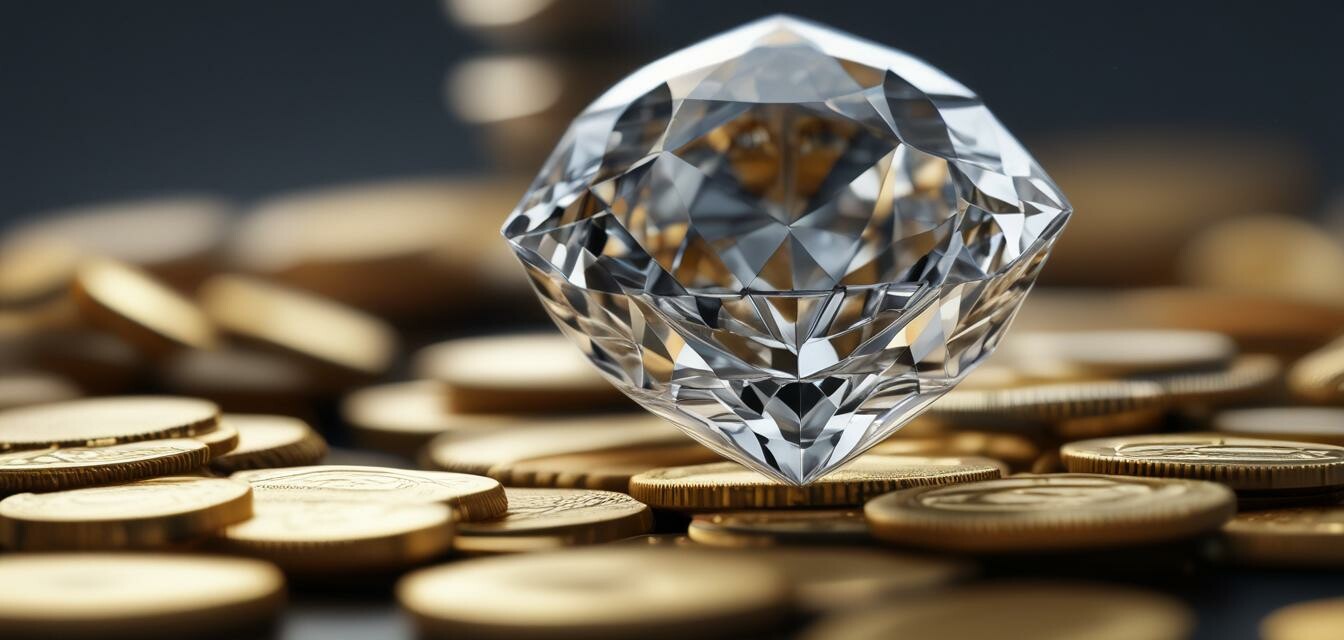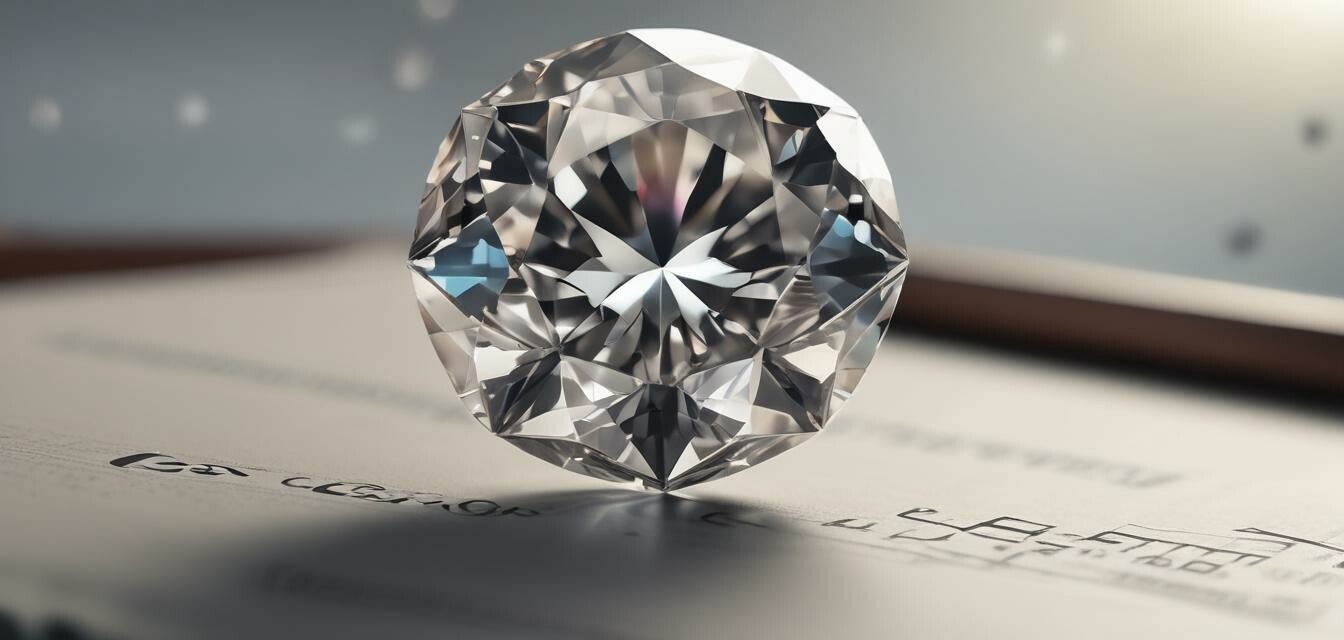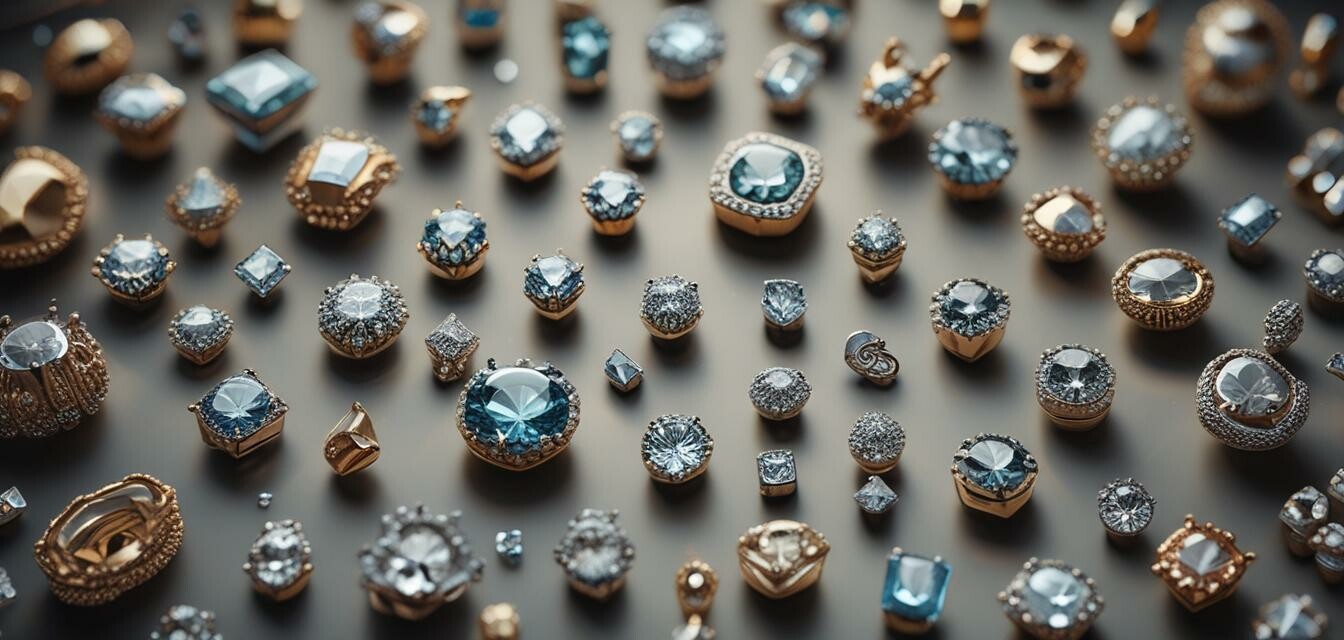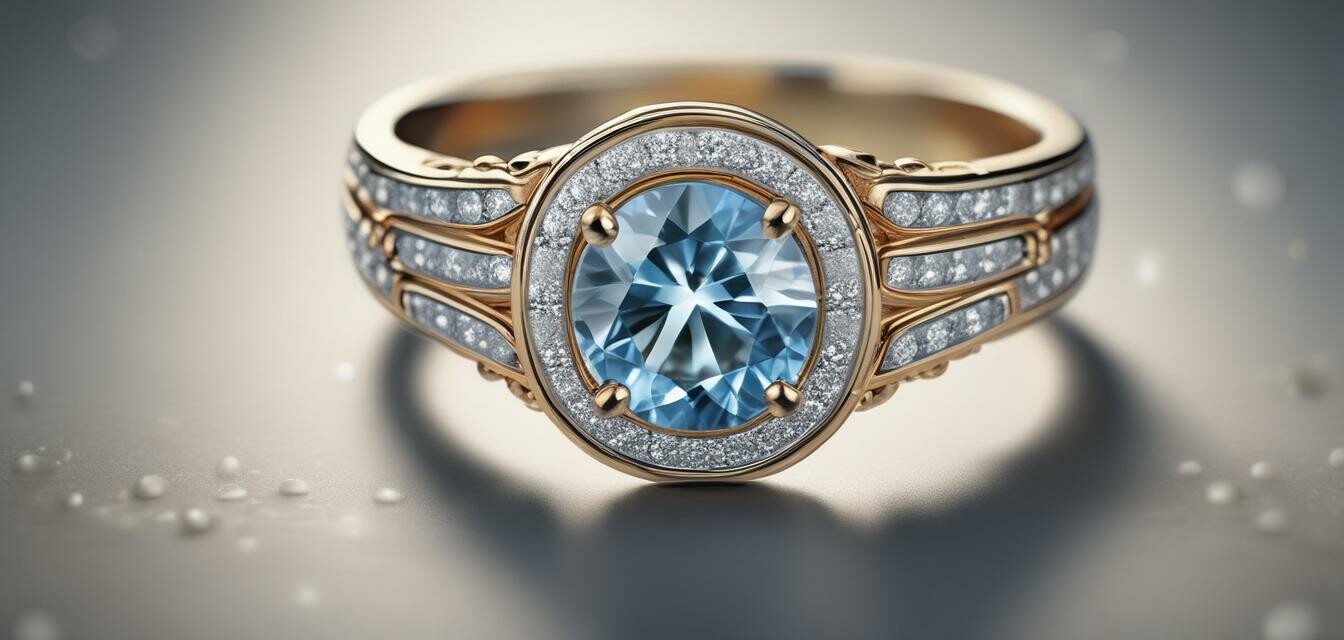
Diamond Certification: Unlocking the Secrets of Your Diamond
When it comes to buying a diamond, it's essential to know that you're getting a high-quality stone. One way to ensure this is by looking for diamond certification. But what exactly is diamond certification, and what does it tell you?
Key Takeaways
- Diamond certification is a report from a reputable laboratory that verifies the quality and characteristics of a diamond.
- A certified diamond is more valuable and desirable than an uncertified one.
- Diamond certification reports include information on the 4Cs (carat, color, clarity, and cut) as well as other characteristics.
What is Diamond Certification?
Diamond certification is a report from a reputable laboratory that verifies the quality and characteristics of a diamond. The report includes information on the 4Cs (carat, color, clarity, and cut) as well as other characteristics such as the diamond's proportions, symmetry, and fluorescence.
The most well-known diamond certification laboratories are the Gemological Institute of America (GIA) and the International Gemological Institute (IGI). These laboratories use advanced technology and expert gemologists to evaluate the diamond and provide an unbiased report.
Why is Diamond Certification Important?
A certified diamond is more valuable and desirable than an uncertified one. This is because the certification report provides assurance that the diamond meets certain standards of quality and authenticity.
In addition, diamond certification can help you make an informed purchasing decision. By knowing the characteristics of the diamond, you can determine whether it's the right one for you and your budget.
What Does a Diamond Certification Report Include?
A diamond certification report typically includes the following information:
| Characteristic | Description |
|---|---|
| Carat Weight | The weight of the diamond, usually measured in carats (ct) and points (pt) |
| Color Grade | A letter grade (D-Z) that indicates the diamond's color, with D being colorless and Z being light yellow or brown |
| Clarity Grade | A grade (Flawless-SI2) that indicates the presence or absence of inclusions and blemishes |
| Cut Grade | A grade (Excellent-Poor) that indicates the diamond's cut, including its proportions, symmetry, and polish |
| Proportions | The dimensions of the diamond, including its length, width, and depth |
| Symmetry | A grade (Excellent-Poor) that indicates the diamond's symmetry, including the alignment of its facets |
| Fluorescence | A description of the diamond's fluorescence, including its intensity and color |
How to Verify Diamond Certification
When buying a diamond, make sure to ask for the certification report and verify its authenticity. You can do this by:
- Checking the report for the laboratory's logo and signature
- Verifying the report number on the laboratory's website
- Looking for any signs of tampering or alteration
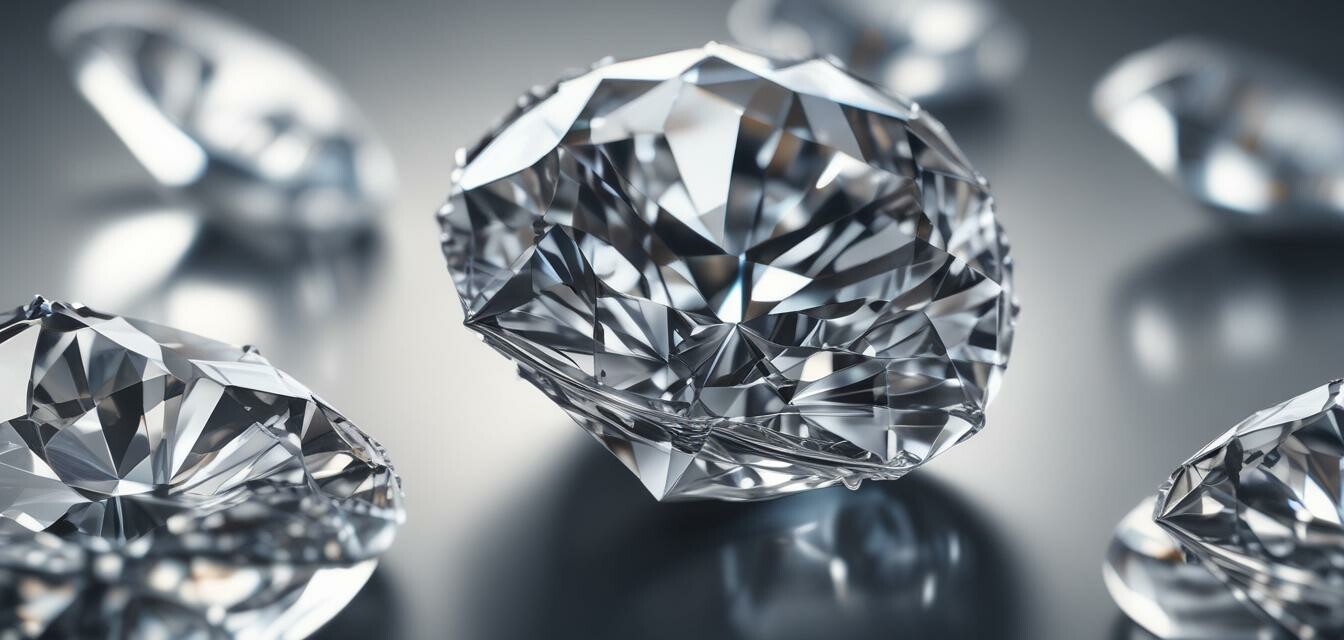
Conclusion
Diamond certification is an essential aspect of buying a diamond. It provides assurance of the diamond's quality and authenticity, and helps you make an informed purchasing decision.
By understanding what diamond certification is and what it includes, you can confidently buy a diamond that meets your needs and budget.
Pros of Diamond Certification
- Provides assurance of the diamond's quality and authenticity
- Helps you make an informed purchasing decision
- Increases the value and desirability of the diamond
Cons of Diamond Certification
- May add to the cost of the diamond
- Not all laboratories are reputable or consistent in their reporting
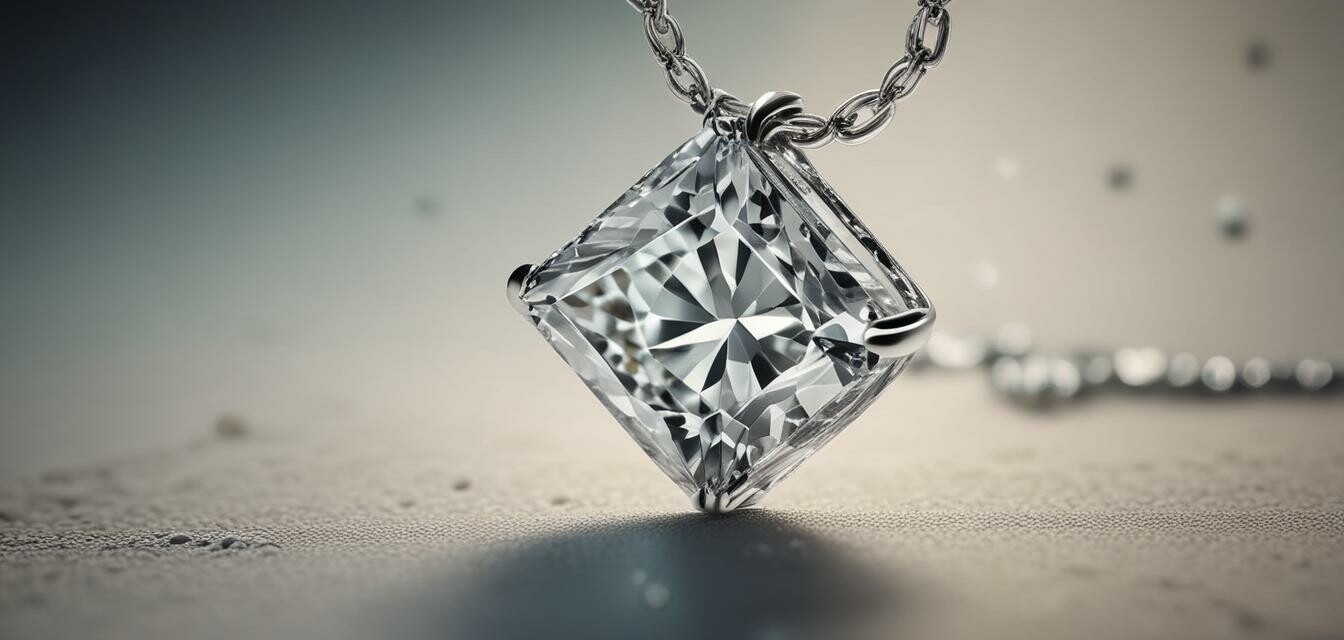
At Diamond And Jewel, we understand the importance of diamond certification. That's why we only offer certified diamonds from reputable laboratories. Browse our selection of engagement rings and earrings to find the perfect certified diamond for you.
Beginners Section
- New to diamond buying? Check out our guide to the 4Cs to learn more about diamond quality.
- Not sure what type of diamond jewelry to buy? Consider your budget, style, and occasion to make the right choice.
